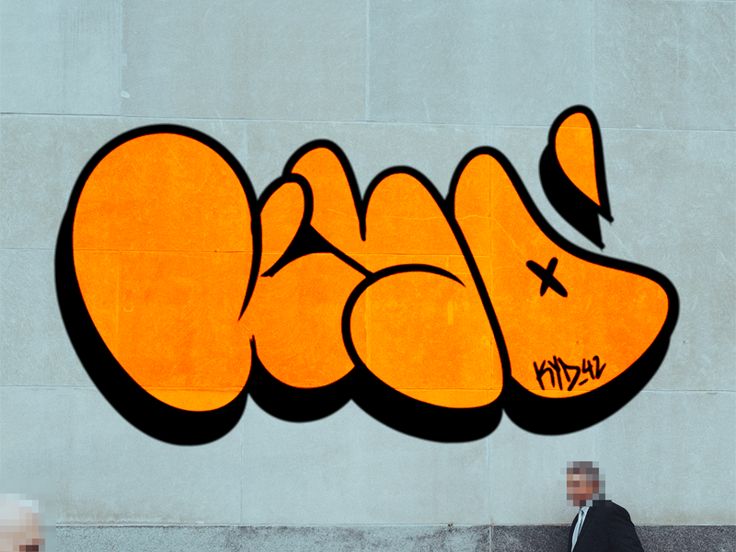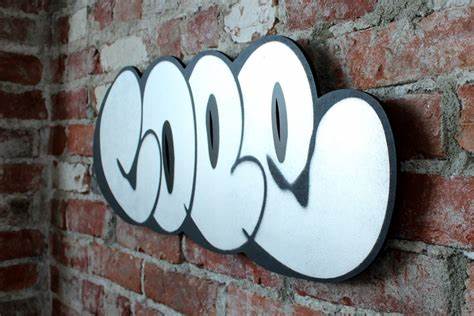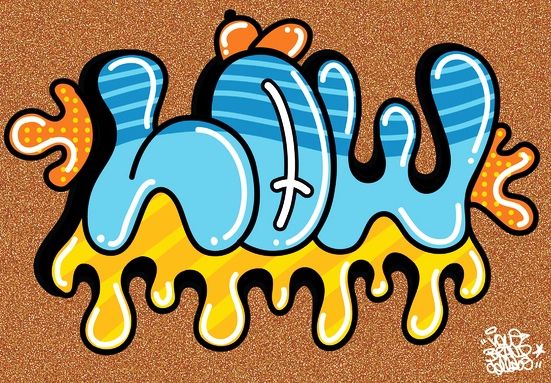When learning how to do graffiti bubble letters, it’s important to make sure that you choose a style that will complement your work. You can start by practicing by writing the word in pencil. You can experiment with gradations and serifs to make your designs more interesting. Then, use the outlines of the letters to fill in other parts of the word. After that, you can move on to other features of the word such as other objects.
Next, you should choose your colors. For example, in the case of a bubble letter, the top right corner of the bubble letter will be light and the bottom right will have shadows. This is a common mistake that many graffiti artists make, and you can avoid it by researching the proper color schemes. If you want your letters to look more realistic, you should try to select the colours that are complimentary and contrasting with the letter.

The basic steps in drawing graffiti letters
The basic steps for learning how to do graffiti bubble letters are the same as those for other graffiti styles.
- In the first step, you must decide what font and colors you want to use.
- Secondly, you should choose the size and the color.
- After that, you should test different combinations of different words and colors.
You can even mix and match colors. Then, save the generated image. Hopefully, you will be able to do the art you dreamed of! If you’ve been struggling with this, there are many resources online to help you out. You can start by searching online for free tools or you can buy a kit.
The final step in the process of learning how to do graffiti bubble letters is to practice your skills. Then, try using colored pencils and erase anything you don’t want to keep. After experimenting with different colors, you’ll find that you have a unique style that you’ll want to replicate. You can find free stencils on the Internet or search for examples of graffiti lettering.
Once you’ve mastered the basics of graffiti bubble letters, you can experiment with different shapes and colors. You can also experiment with various types of graffiti. You can choose the type of font that suits your taste the best. If you’re unsure about what type of font to use, you can choose an open letter or an ellipse. You can also use a stencil to create your own letter. Just make sure that you practice before you start the actual artwork.
After you’ve mastered the basics of graffiti, you can move onto more complex designs. As a beginner, you should be able to make simple, two-dimensional graffiti. You can incorporate circles, tags, and other small designs in the graffiti. It is important to remember that a piece of graffiti should stand out, and complement the rest of the design. The font used should be easy to read and understand. It should be bold and stand out.

After you’ve mastered the basics of graffiti, you can start using more complicated techniques. For example, you can use shades of the same color as the graffiti outline. If you’re going for a more complex graffiti design, you can choose a gradient that starts bright and fades to a darker one at the back. However, you should consider the size of your art piece before making it out. You can even use the vanishing point to create shadows and outlines.
Once you’ve mastered the basics of graffiti, you can experiment with different techniques. Using a sharpie or pencil, you can add a flare to the letters. You can even use color highlights to give them movement. You can also make the letters appear more unique by incorporating colors into the design. You can also play around with letter extensions and other elements. The more unique the design, the better. You can try this technique on a piece of paper or on the street.
Once you have mastered the basics, you can move on to the more difficult letters. The letter U is the most difficult to create. By drawing it close, you can draw it closer to resemble a circle. By drawing the letter close to the letter, you can overlap the two letters, leaving space between the letters. You can even create other shapes and use the shapes of the letter to make an ‘x’.




